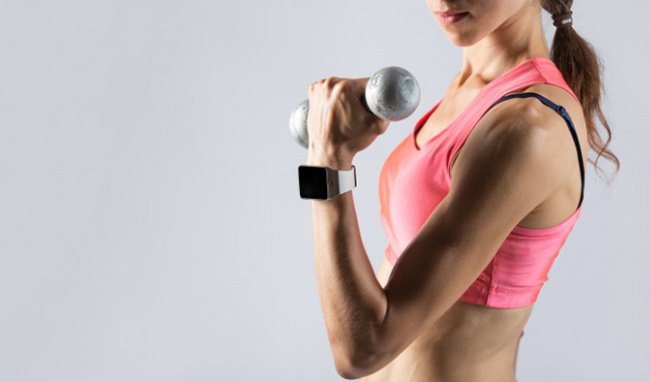Exercise and Cholesterol: How Much Is Enough?
This is an automatically translated article.
Exercise is great for you from head to toe. Exercise strengthens your cardiovascular system. It is also an effective way to lower your LDL cholesterol and increase your HDL cholesterol. Here's what you can do to make a difference.
1. What is the best exercise method?
1.1. Exercises that affect the cardiovascular system
Aerobic exercise is a champ for improving cholesterol.
Walking, jogging, swimming and biking are all good options. If you like going to the gym, try the treadmill, elliptical, or step machine. Or take a fun and motivating class, like Zumba or Steps.
Doing something you enjoy, whatever it may be, will help you stick with it longer. Cardiovascular exercises can help you burn excess calories as well as digest harmful cholesterol in the body.
1.2. Muscle exercises
You may also want to try resistance training. These resistance exercises are great for building muscle and strength, and can improve your lipid levels.
Try lifting weights or using a resistance band. For best results, make it progressively more progressive, which means that as you get stronger, you should increase the weight or number of repetitions.

Tập thể dục là một trong những biện pháp hiệu quả để giảm LDL và tăng HDL
2. How long do you need to exercise to lower blood cholesterol levels?
You need to try to exercise most days. Plan to exercise at least three times a week, if possible, five to seven days for better results. Practice for a total of more than 150 minutes.
Walk a total of 30 minutes or more every day. The time you spend exercising will make a difference in how much your HDL goes up. Aim for 30 minutes or so each day.
If you don't have a lot of time to exercise, break it up into 10- to 15-minute increments. Just make sure it adds 30-45 minutes at the end of the day.
For example, you could take your dog for a 15-minute walk in the morning and then an additional 15 minutes of walking or cycling, or some other activity you love, says Paul B. Langevin, anesthesiologist at The Hospital Philadelphia's Hahnemann University said.
Track your steps per day. You can also track the number of steps you take. You should take a total of 10,000 steps or more per day. Use a pedometer or smartphone app to keep you on track.
3. How intense is the exercise?
Try to exercise with moderate intensity. That means breathing harder than usual, but not so much that you can't talk.
Your target heart rate should be in the 50% to 80% range, which means around 50-80% of your maximum heart rate. For a 40 year old, that would be a target heart rate between 90-144 bpm.

Nên tập luyện thể dục với cường độ vừa phải để tim không phải hoạt động quá mức
There is some evidence that more intense or vigorous exercise may have a more impact on raising HDL levels. So a 10-minute mile run is better than a 12-minute pace for raising good cholesterol.
But for lowering LDL cholesterol, the time you exercise may be more important than the intensity of your exercise.
You can follow this simple rule: “The more calories you burn, the lower your LDL and increase your HDL cholesterol,” says Higgins.
MORE: How to measure exercise intensity
4. Changes in your cholesterol levels?
Your LDL and HDL levels will improve. Exercise can lower your LDL cholesterol by up to 15% and increase your HDL level by up to 20%.
You will see the difference after a few months. You should see changes in your LDL levels after just 3-6 months of regular exercise. It takes longer to see a difference in HDL. Most studies show that it takes an average of nine months, says Higgins.
If you exercise intensely, you may see an improvement in your HDL levels sooner, possibly within eight weeks, says Higgins.
Even though you are exercising, you will not be able to eat and drink uncontrollably. Avoid the common misconception that “Since I trained today, I can eat whatever I want”. Remember: Exercising with a low-fat, low-cholesterol diet is better than exercising alone.
Please dial HOTLINE for more information or register for an appointment HERE. Download MyVinmec app to make appointments faster and to manage your bookings easily.
Reference source: webmd.com
This article is written for readers from Sài Gòn, Hà Nội, Hồ Chí Minh, Phú Quốc, Nha Trang, Hạ Long, Hải Phòng, Đà Nẵng.




